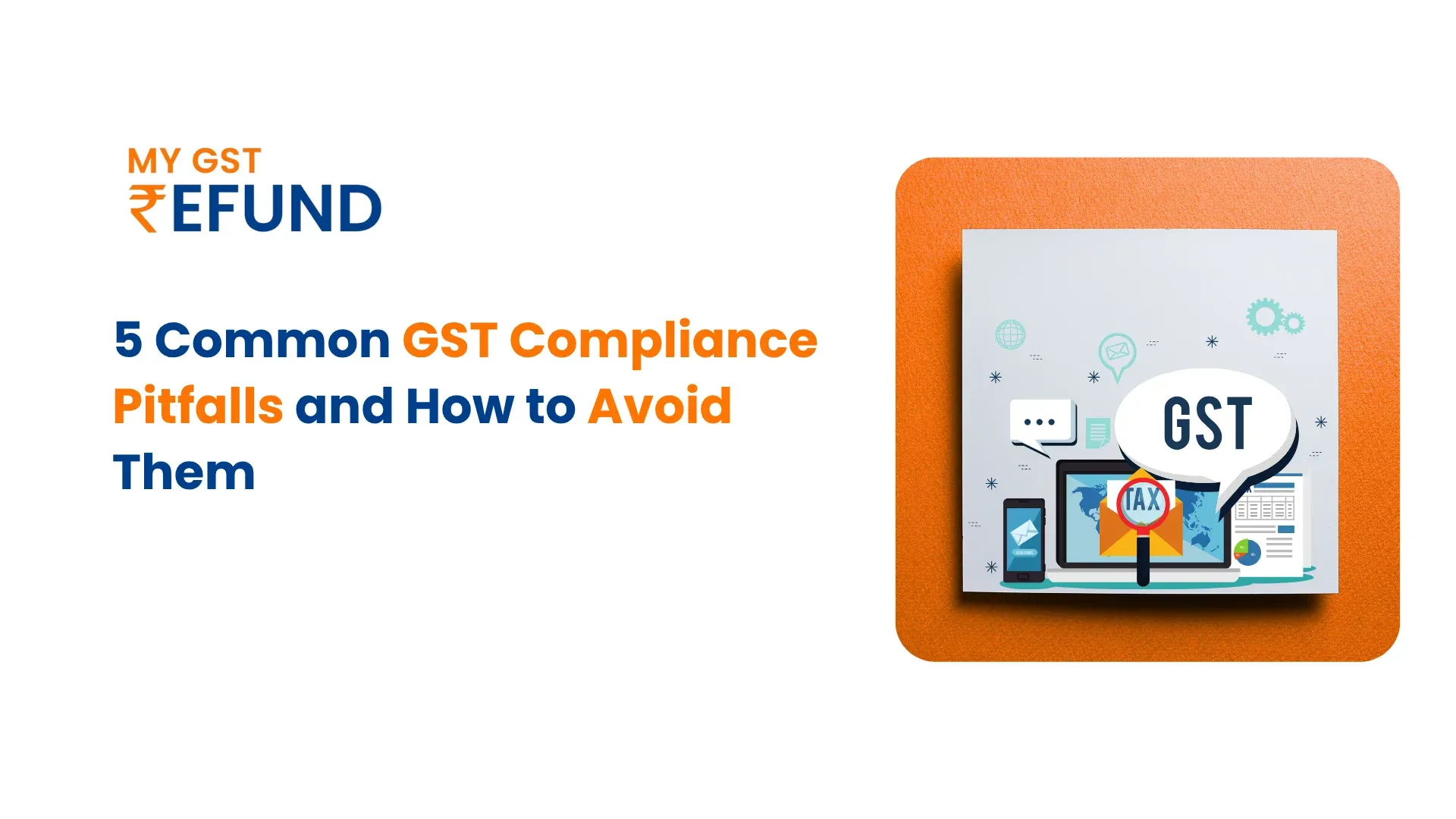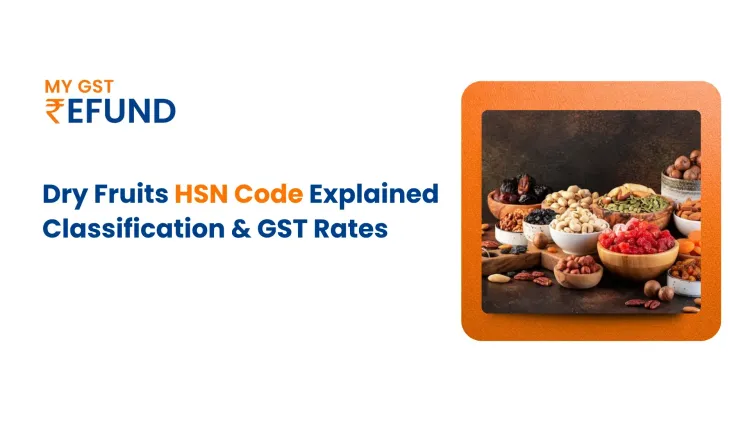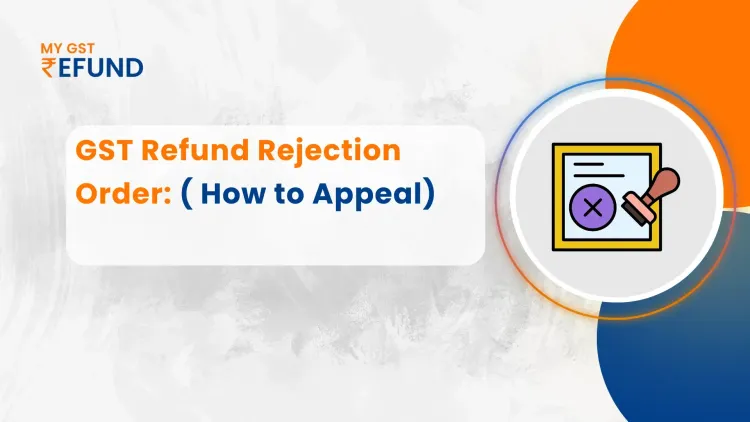5 Common GST Compliance Pitfalls and How to Avoid Them
Being compliant with GST regulations is one of the most important things for any business in India. A single misstep can lead to severe penalties, may flag a business, and might attract notices and restrict the growth of the business. This guide covers the five most common GST compliance pitfalls and gives suggestions on ways to avoid them.
1. Late or Non-Filing of GST Return:
One of the most frequent GST compliance pitfalls is simply not filing returns on time, or even worse, not filing them at all. The GST portal has a defined timeframe for GSTR-1, GSTR-3B, and additional forms. Significant late penalties and their interest accrue for missing these deadlines, and they can increase quickly.
How to avoid this:
Set Reminders: You can set automated reminders for every filing deadline using digital calendars and project management software.
File Zero Returns: Even if you haven't sold for the following month, you still need to file a "nil" return.
Harness Technology: Through automated submission and data entry, new GST apps and platforms connect straight to the GSTN Portal, significantly reducing the chance of human error and late submissions.
2. Input Tax Credit (ITC) claims
Businesses can claim credit for taxes paid on inward supply through the Input Tax Credit (ITC) mechanism, which is a pillar of GST compliance.
How to avoid this :
Regular Reconciliation: Reconcile PR with your auto-populated GSTR-2A/2B on a monthly basis. This helps in identifying discrepancies in GSTR.
Proactive follow-up: the suppliers have to fill GSTR on time. You can hold off on payments until the invoice reflects in your GSTR-2A/2B to encourage compliance.
Pay within 180 days: The GST law requires you to pay your suppliers for goods and services within 180 days from the invoice date. If anyone fails to do this, they'll be required to reverse the ITC they've already claimed, along with interest. They can reclaim the credit once the payment is made.
3. Incorrect Invoice details
An invoice isn't just like a bill under the GST regime. Errors in invoicing, such as incorrect GSTINs, HSN/SAC codes, tax rates, or billing addresses, can lead to compliance issues from both the supplier and the recipient. These mistakes and inefficiencies can prevent customers from claiming ITC, leading to business friction and potential penalties.
How to avoid this:
Verify GSTIN: Verify the customer's GSTIN before issuing an invoice. There are multiple online tools available for quick GSTIN verification and checking for any errors.
Use of proper HSN/SAC Codes: Ensuring that one uses the correct Harmonized System of Nomenclature (HSN) code for goods or Service Accounting Codes (SAC) for services. The number of digits required depends on your annual turnover.
Standardize templates: use a standardised, compliant invoice template that includes all mandatory fields, supplier and recipient details, invoice number, date, HSN SAC code, taxable values, GST rates, tax amount, and all other necessary information that are required for seamless compliance.
4. Errors in E-way bill generation:
For the movement of goods worth over a certain value (typically Rs. 50,000), an E-way bill is mandatory. Common pitfalls include generating an e-way bill with incorrect details, such as a wrong vehicle number or not generating the necessary e-way bill at all. This can result in the goods being detailed by tax authorities and attracting heavy penalties.
How to avoid this :
Correct Data Entry: Re-verifying all the details prior to creating the e-way bill, i.e., invoice number, value of goods, and transporter details.
On Time Generation: The E-way bill has to be created prior to the commencement of the goods. Their journey. Also, be mindful of the validity period, as it expires based on distance.
Integrate System: Integrating your accounting or invoicing system with the E-way bill portal to make the process automated and error-free.
5. Overlooking the Reverse Charge Mechanism:
Most business entities, including SMEs and Small Business owners, are not aware of the Reverse Charge Mechanism (RCM) under which the recipient of goods or services is required to pay GST rather than the supplier. This is applicable to specific kinds of goods and services and can result in a huge underpayment of tax if missed, red-flagging the business.
How to avoid this:
Identify Applicable Transactions: Regularly review your inward supplies to identify transactions where RCM is applicable. This involves services like those provided by the legal forms, or goods from unregistered suppliers.
Pay Tax in Time: Ensure you pay the tax obligation for RCM and process to recover the respective ITC or unregistered suppliers' goods.
Professional Guidance: Unsure of the general application of RCM? Seek a tax professional. Failure to do so will result in adverse consequences, including a tax notice or fines.
Introducing the CFO Dashboard by MYGST Refund
Stay ahead of GST compliance with real-time tracking, smart analytics, and instant mismatch detection.
One dashboard. Total control.
Start Tracking Smarter - Access the CFO Dashboard Now
Frequently Asked Questions (FAQs):
What is GST Compliance?
Process of adhering to all GST rules and regulations.
What happens if I file my GST returns late?
Late filing incurs daily late fees and interest, penalties, and can block you from filing subsequent returns and generating E-way bills.
Why is my ITC claim getting denied?
Often happens due to mismatches between your claimed ITC and the invoices uploaded by your suppliers in their GSTR-1 return.
When is the Reverse Charge Mechanism (RCM) applicable?
RCM requires the recipient of specific goods or services (like legal services or supplies from an unregistered dealer) to pay GST instead of the supplier.
Related Posts







